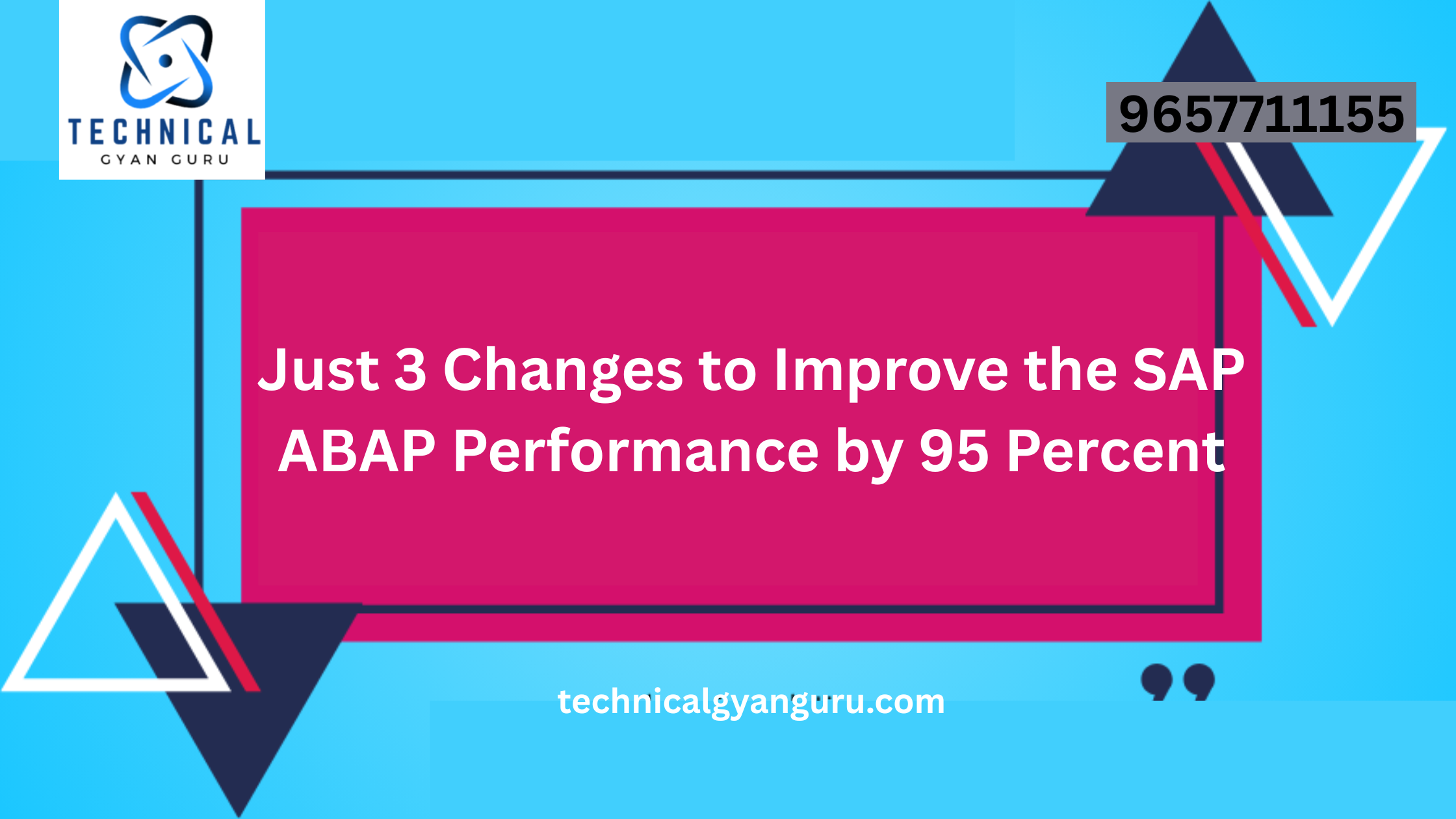
Introduction: SAP Fiori, renowned for its intuitive user interface and seamless user experiences, is driven by a complex data flow that powers its functionalities. Understanding this data flow is essential for developers, designers, and business stakeholders to create and maintain efficient Fiori applications. In this blog, we’ll take a deep dive into the data flow within SAP Fiori, exploring its components, significance, and how it contributes to delivering exceptional user experiences.
SAP Fiori Data Flow: Unraveling the Process
At its core, SAP Fiori applications follow a structured data flow to deliver accurate, real-time information and actions to users. This data flow involves multiple components working in harmony to ensure a seamless user experience.
Key Components of SAP Fiori Data Flow:
- Backend Data Sources: Fiori applications access data from various backend sources, which could be SAP S/4HANA, SAP Business Suite, SAP Cloud solutions, or other data repositories.
- OData Services: OData (Open Data Protocol) services act as a bridge between backend data and Fiori applications. They expose and format data in a standardized way, making it accessible for consumption by Fiori apps.
- Fiori Apps: Fiori applications, designed for specific user roles and tasks, consume data from OData services. These apps present the data in a user-friendly format, often enriched with visualizations and interactive elements.
- UI Components: User Interface (UI) components within Fiori apps are responsible for rendering the data in a visually appealing and responsive manner. These components include charts, tables, forms, and interactive elements.
- User Interaction: Users interact with the Fiori app’s UI components to request specific data or initiate actions. These interactions trigger backend processes or fetch data from OData services.
- OData Requests: When users interact with the app’s UI, OData requests are sent to the backend through OData services. These requests can be for reading data, creating new records, updating existing ones, or performing other operations.
- Backend Processing: Backend systems process the incoming OData requests, execute business logic, and fetch or modify the relevant data. This processing might involve accessing databases, executing calculations, or validating user inputs.
- Response to App: The backend systems send responses back to the Fiori app, which then updates its UI components based on the received data. This could involve displaying query results, showing confirmation messages, or reflecting changes made.
Significance of Understanding Data Flow:
Understanding the data flow in SAP Fiori is crucial for several reasons:
- Optimized Performance: Knowledge of data flow helps developers design efficient apps that minimize data fetching and processing bottlenecks.
- User Experience: A clear grasp of data flow ensures that the app’s UI components provide the right data and respond accurately to user interactions.
- Debugging and Troubleshooting: In case of issues, understanding the data flow aids in pinpointing and resolving problems quickly.
- Scalability: As apps evolve and user demands increase, understanding data flow ensures that the architecture can handle higher loads.
Conclusion
SAP Fiori’s exceptional user experiences are rooted in a well-orchestrated data flow that connects backend systems, OData services, apps, UI components, and user interactions. By understanding this data flow, developers and stakeholders can create Fiori applications that not only deliver real-time, accurate information but also foster user engagement and satisfaction. As organizations continue to embrace SAP Fiori’s user-centric design, a deep understanding of the data flow becomes a cornerstone of successful application development and deployment.








